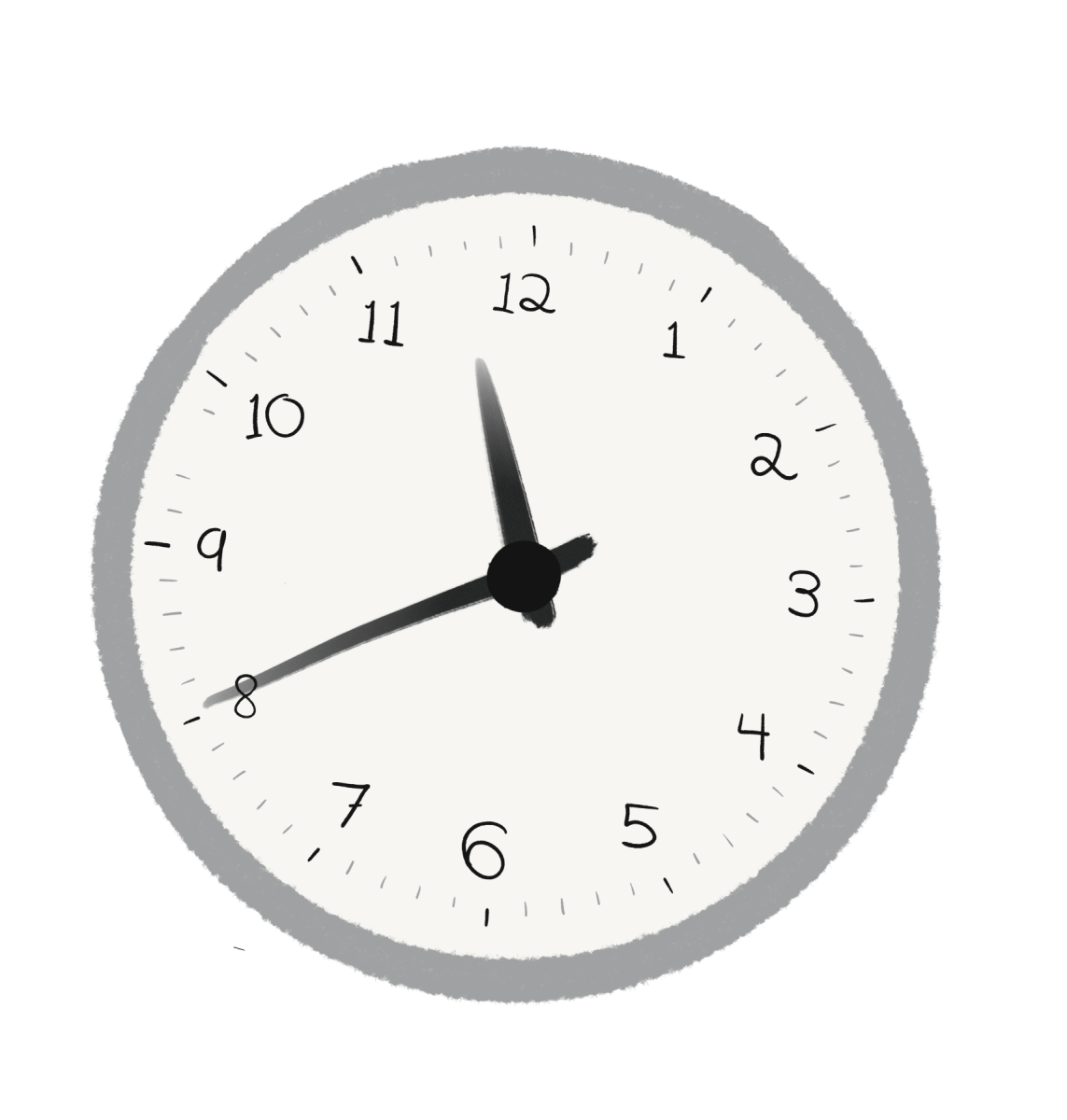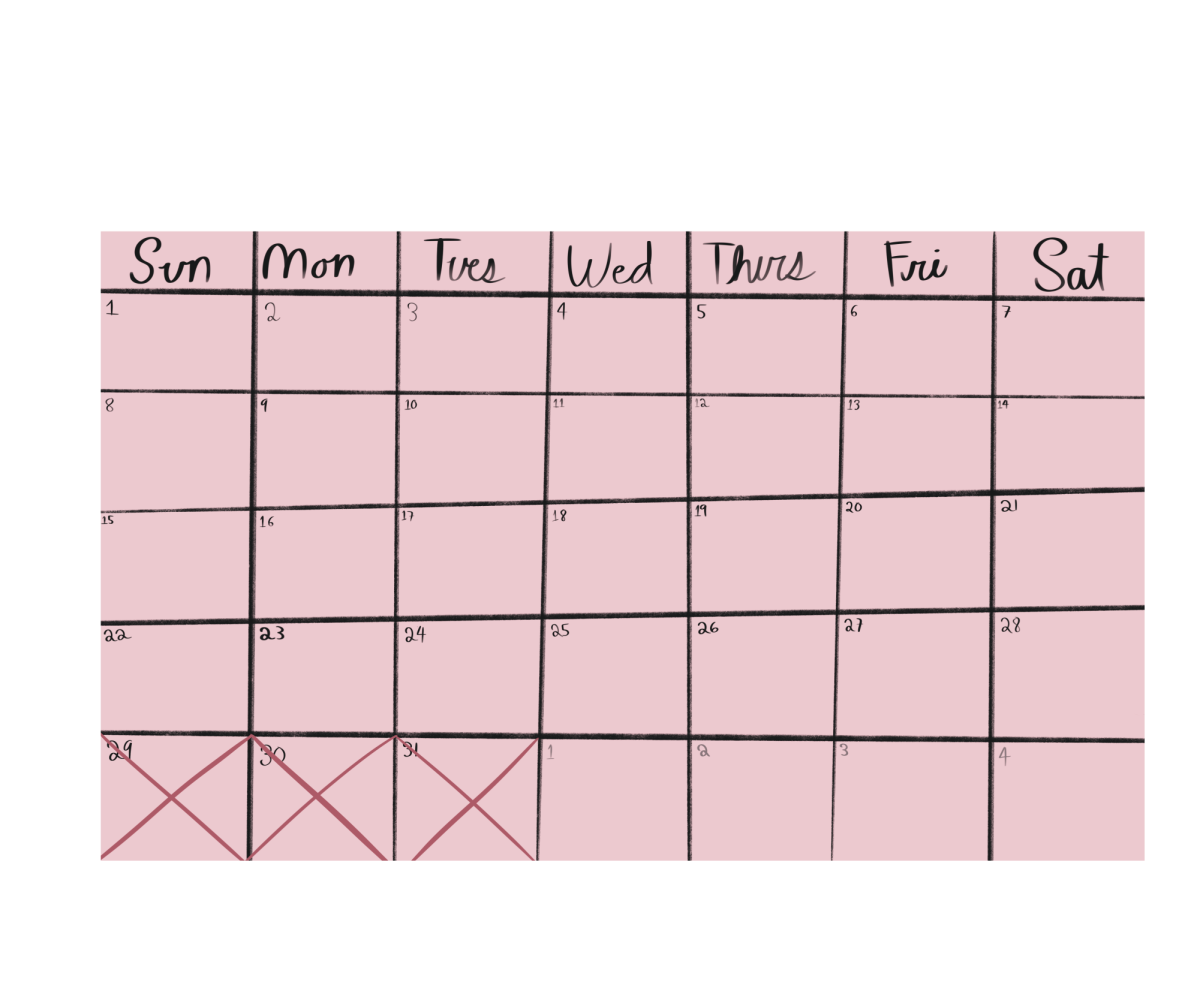Lunch periods, especially in a high-stakes, challenging school like LASA, are essential for students to talk with teachers, host club meetings, and refuel for the rest of the day. In addition to eating and relaxing, just 10 extra minutes provide students with the time and breathing room needed to complete the work they need to.
The University of Illinois has researched that longer lunch periods encourage students to eat more nutritious meals, while rushed students reach for easy-to-access processed snacks over fruits and vegetables. Additionally, Contemporary Pediatrics, a medical journal focusing on children & their development, conducted a study on the effect of lunch period length on a child’s health. Their research shows there is an increase in food waste during shorter lunch periods compared to longer ones. An hour of lunch allows students to comfortably eat their entire lunch, even as they balance other lunch commitments.
Most LASA students don’t have a regular study period, which means that lunch is some students’ only time to communicate with teachers outside the classroom. This leaves many students with little to no time to take a break from school. The University of Missouri reported that having sufficient time for an effective lunch break decreases stress and improves productivity.
50 minutes may seem as if it’s enough, but after waiting in long cafeteria lines or driving to and from campus to get food, many students still have to rush to make it to class on time. A full 60-minute period is necessary for students to eat their entire lunch, talk to a teacher about assignments, or take a mental health break.
LASA’s school day, in comparison to other high schools like McCallum, is longer, despite starting earlier. A 50-minute long lunch period is a vital time for students to unwind and relax in the middle of their work day. However, extending the lunch break by another 10 minutes would interfere with extracurriculars, class time, and the time students get home.
Teachers already operate on a small amount of class time, so if lunch were extended by ten minutes, it could be added to the total amount of time at school. Many LASA students who participate in extracurricular activities, such as sports and student clubs, are already required to stay late most days. An additional 10 minutes each day would result in a complete overthrow of their schedules, resulting in wasted time each week when a student could be working on their homework, studying, or even having valuable time unwinding from the school day.
This time students spend doing extracurriculars is critical for many, and it can help students discover and develop their passions. From marching band to sports, many students stay after school for hours a day. This price is worth it for the community and skill development it brings, but with a longer school day, many students would no longer be able to factor them into their schedule.
While increasing the length of lunch is not likely to increase the entire school day, it would still eat up valuable class time. 90-minute class periods, especially on test days, may not be sufficient for some students to get all of their work done.
Overall, due to LASA’s intense workload, the few hours students get at home for relaxation, hobbies, or studying are necessary and worth more than 10 minutes of extra lunch.







